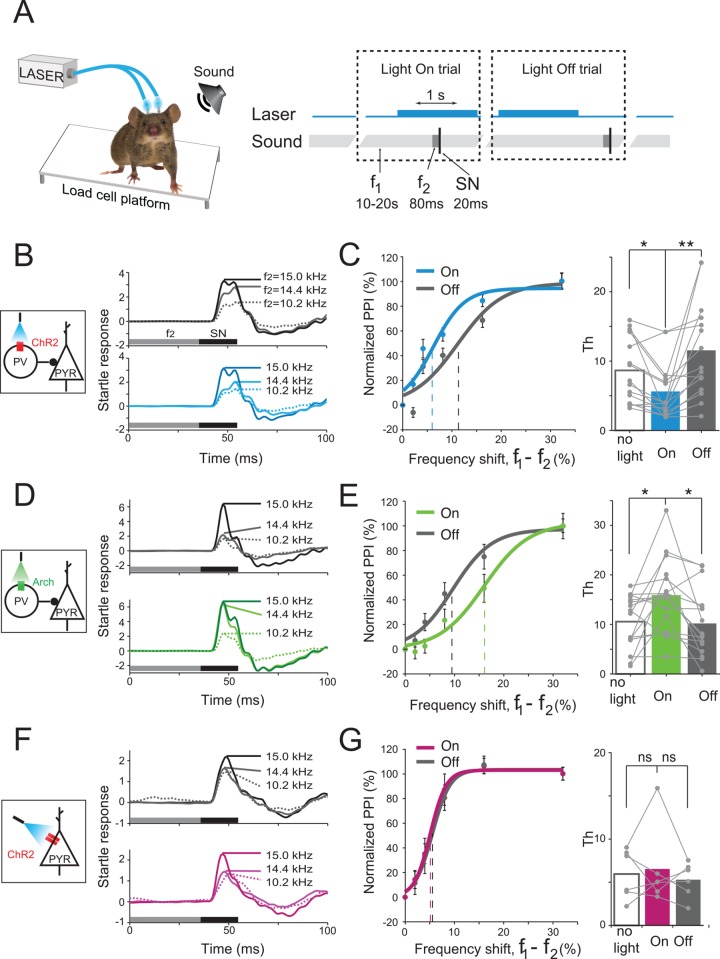Fig 2. Cortical inhibitory neurons bidirectionally regulate frequency discrimination acuity.
A. Experimental design. On each trial, a sequence of three acoustic stimuli was presented: background tone (f1, 15 kHz, 10–20 s), prepulse tone (f2, 10.2–15 kHz, 80 ms), and startle broadband noise (SN, 20 ms). In light-On trials, the laser (1 s, blue bar) was activated overlapping with the prepulse. In light-Off trials, the laser did not overlap with the prepulse. B, D, F. Left. Diagram shows circuits targeted by photomodulation. Right. Representative examples of the ASR (pressure applied by the mouse on the load cell platform in responses to startle noise) in PV-ChR2 (B), PV-Arch (D), and CamKIIα-ChR2 (F) mice. Top. Mean ASR for 10 light-Off trials in one session. Bottom. Mean ASR for 10 light-On trials in the same session. Note that ASRs decrease as the frequency shift between 15 kHz background tone and prepulse tone (f2) increases. C, E, G. Left. PPI as a function of frequency shift between the prepulse and the background tone on light-On (color) and light-Off (gray) trials. Vertical dashed lines: Th. Error bars: Mean ± SEM. Right. Th threshold for light-On and light-Off trials and for separate “no light” session, in which no photostimulation was presented. C. Photoactivation of PVs in PV-ChR2 group decreased Th (paired t-test with Bonferroni adjustment for comparison between performance on "light-on" trials to "no-light" session and "light-off" trials, t 14 = 3.2, p = 0.01; t 14 = 3.6, p = 0.006; n = 15 mice). E. Photosupression of PVs in PV-Arch group increased Th PV-Arch group (t15 = 2.6, p = 0.034; t 15 = 3.2, p = 0.012; n = 16). G. Increasing activity level of excitatory neurons in CamKIIα-ChR2 mice did not affect behavioral Th. ns: paired t test, n = 6, t 5 = 0.78, p = 0.47; t 5 = 0.36, p = 0.73. Dots depict data for an individual subject. Bars depict mean value for each group. See data in S1 Data.

